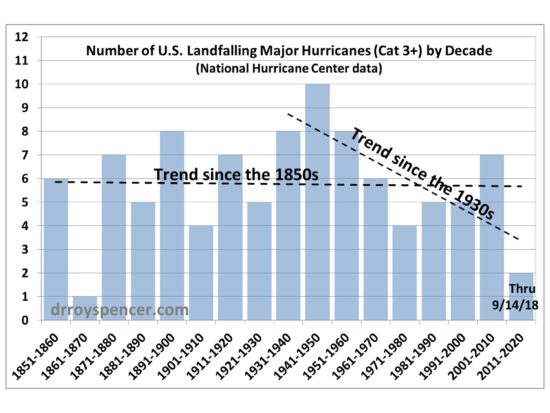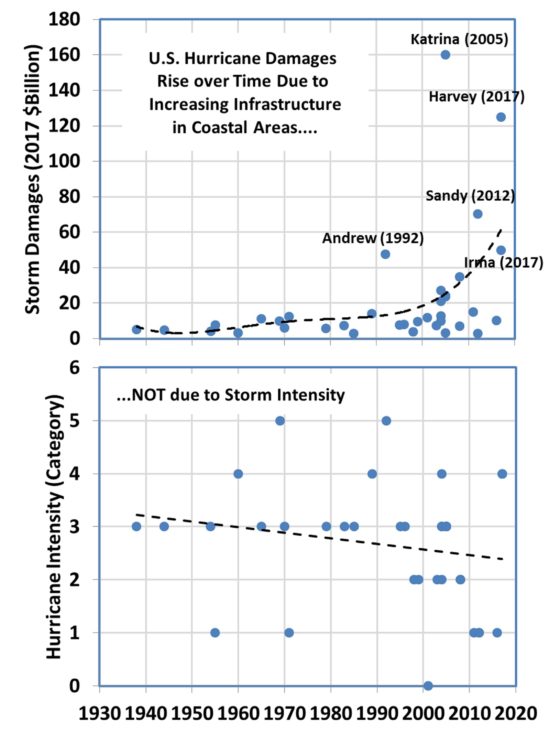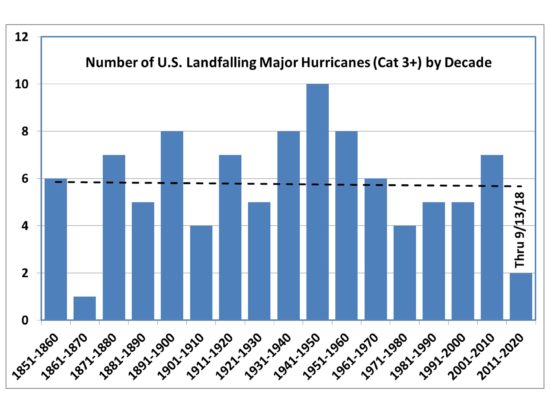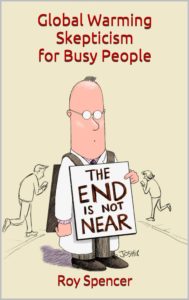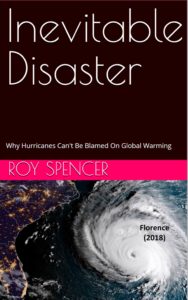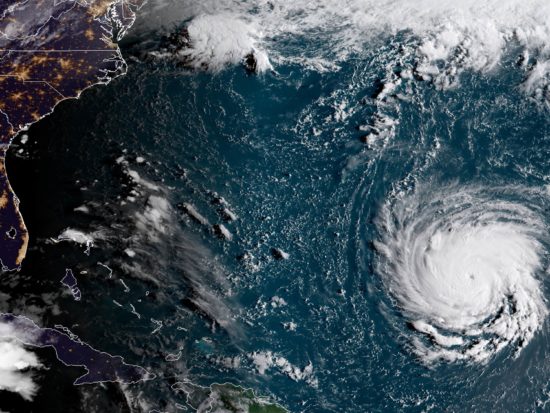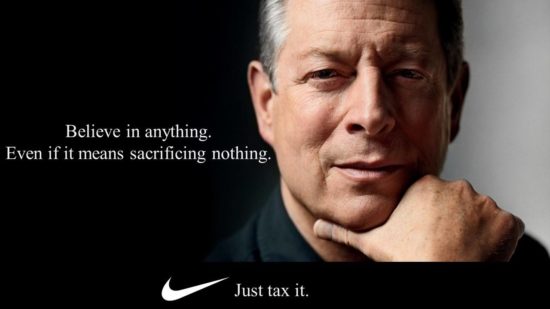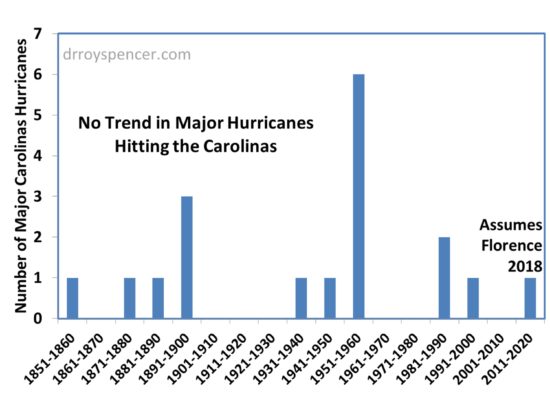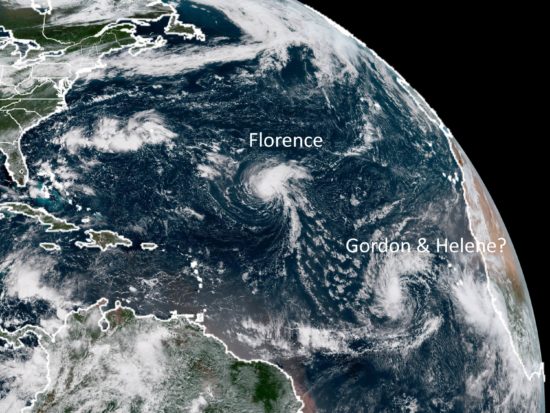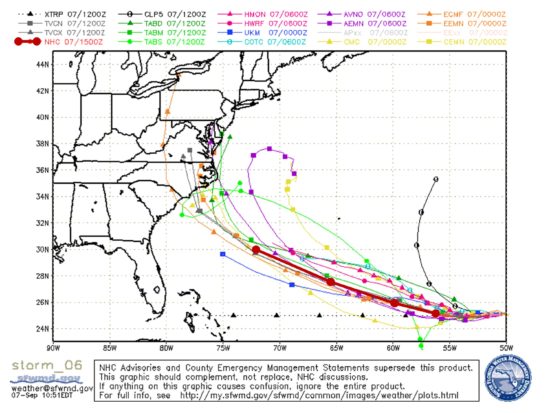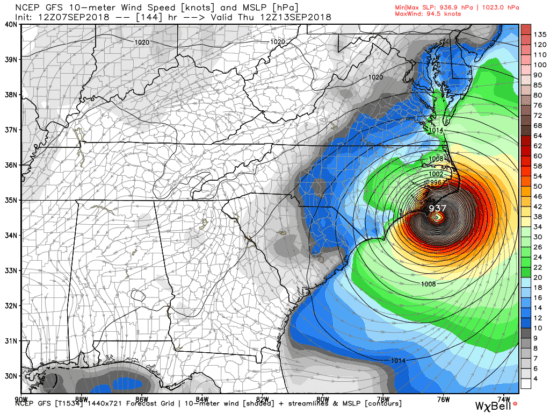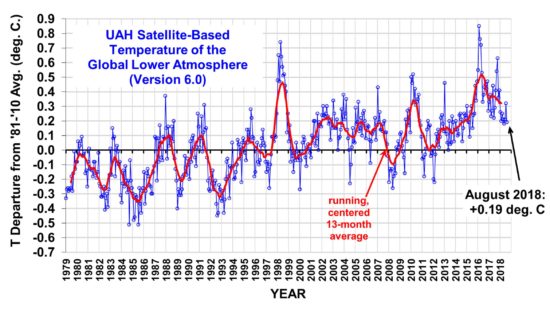It didn’t last long, but I was interviewed in one segment on Tucker Carlson’s show of Fox News Channel last evening:
The subject was Hurricane Florence and whether it could be blamed on President Trump (specifically) or humanity (more generally).
You really can’t say much in only a couple of minutes, and it’s difficult when you don’t know what the questions will be. I got a plug in for Anthony Watts’ revealing the deception Bill Nye’s (The Science Guy) faked global-warming-in-a-jar experiment.
How did I get on Tucker’s show? It started when the folks at the Texas Public Policy Foundation asked me to write an op-ed to counter the global warming hype around Hurricane Florence. That was published in USA Today yesterday morning. They also set up several radio talk show interviews during the day, and scored the Tucker Carlson spot several hours before showtime.
I have to drive 2 hours to Nashville for national TV interviews, since our local TV affiliates have stopped honoring requests to handle the studio work here in Huntsville. If it’s a major show, the network pays for a makeup artist to come in and take a few years off my face.
I never get to see TV interview while we are doing them remotely. I have an earpiece and stare into a TV camera. It takes a few times to get used to having a conversation with a camera lens.
The more I think about Bill Nye’s experiment, the more irritated I get with the consensus scientific establishment for not telling Bill Nye that such an experiment cannot work; you cannot demonstrate the greenhouse effect on temperature with CO2 in a glass jar. Scientists who understand atmospheric radiative transfer know that.
The fact that the “Climate 101” video is still out there means the scientific establishment (plus Al Gore, who used it in his “Climate Reality Project”), are complicit in scientific fraud in order to advance the alarmist global warming narrative.
If their evidence for human-caused climate change is so good, they shouldn’t have to fake evidence to support their claims. I realize Bill Nye isn’t part of the climate research establishment, but he has a huge influence on public perception and scientific understanding. James Hansen also has had a huge influence on the public debate, and yet broke NASA rules by speaking to the press and Congress without management approval (and also likely violated the Hatch Act by campaigning politically..yes, he did, ThinkProgress, because he was a member of the Senior Executive Service, which has special Hatch Act rules.. I know because I was one of them, and I resigned NASA rather than have my hands tied).
This is the state of climate science today: if you support the alarmist narrative, you can exaggerate threats and connections with human activities, fake experiments, break government rules, intimidate scientific journal editors (and make them resign),and even violate the law.
As long as you can say you are doing it for the children.

 Home/Blog
Home/Blog